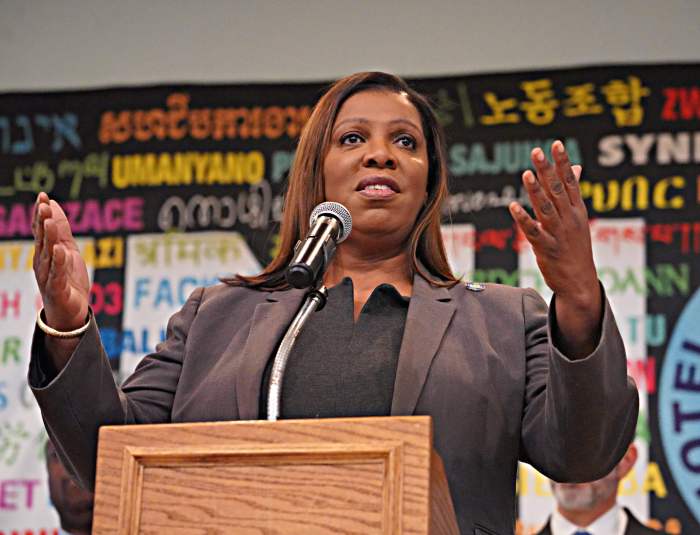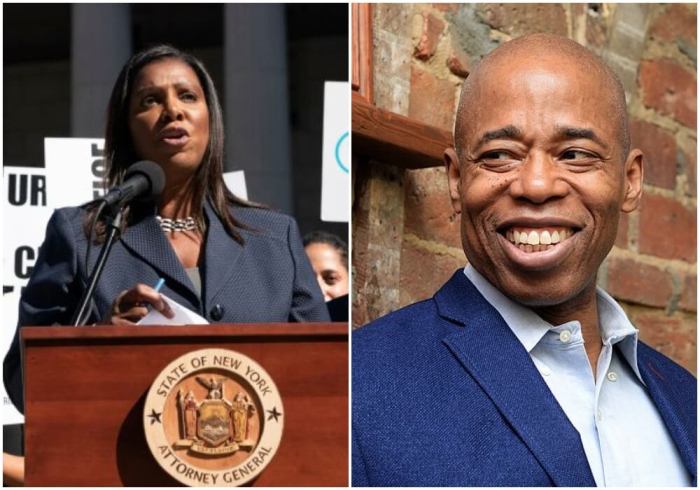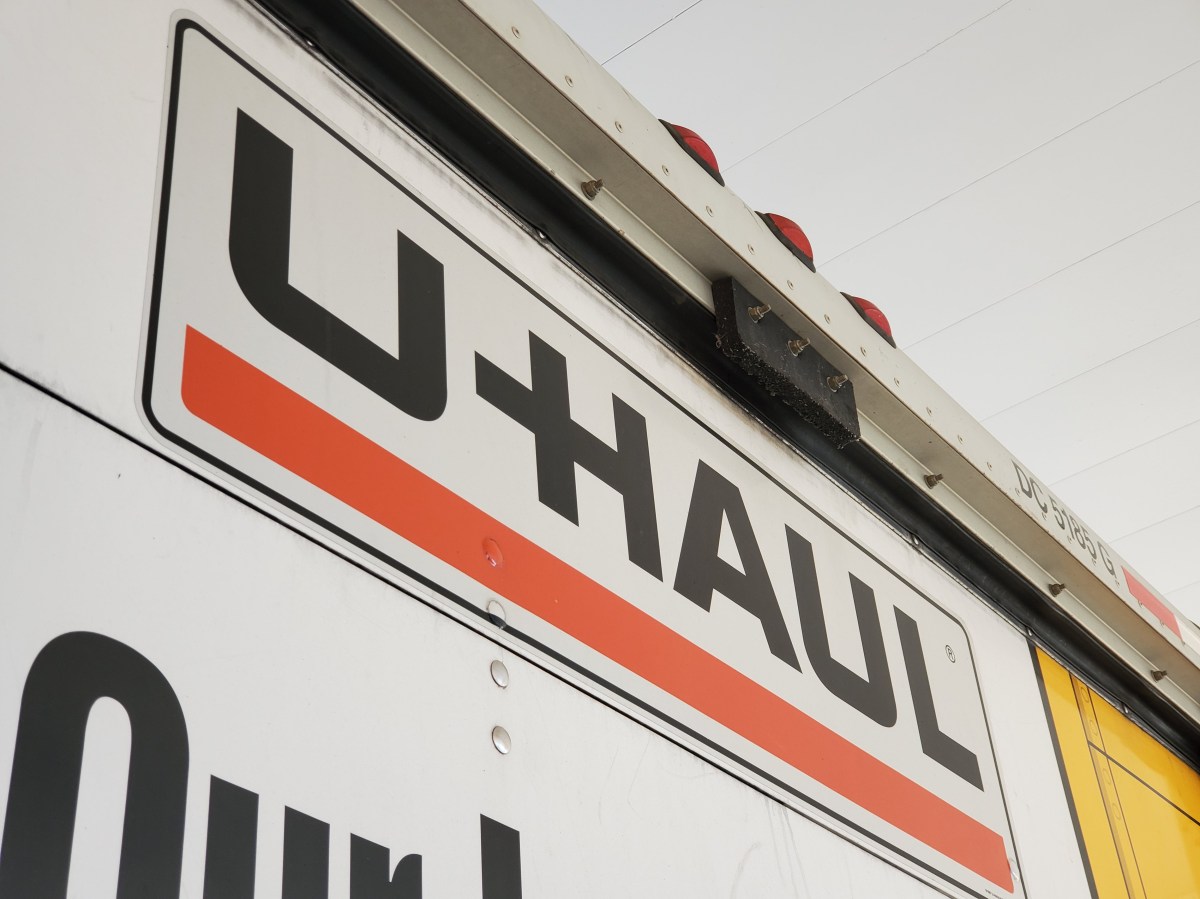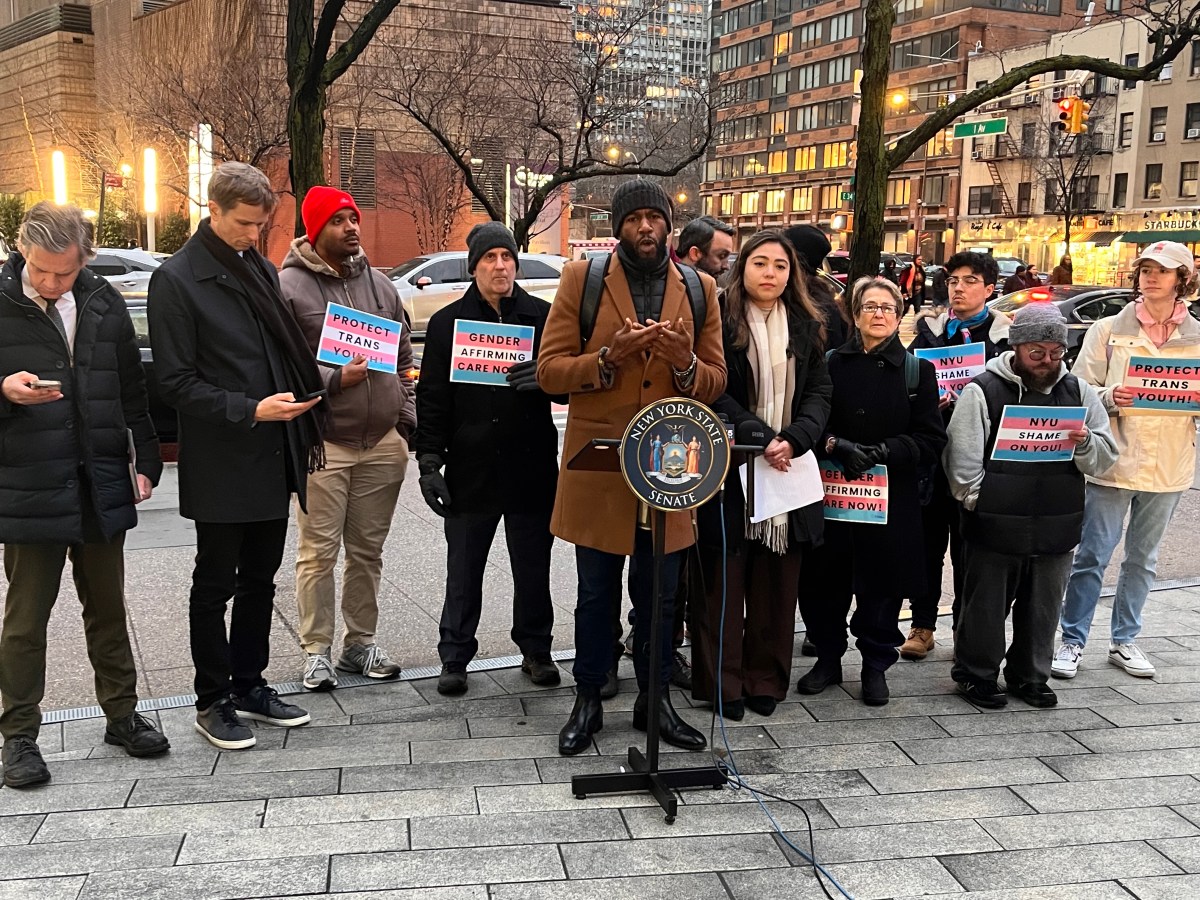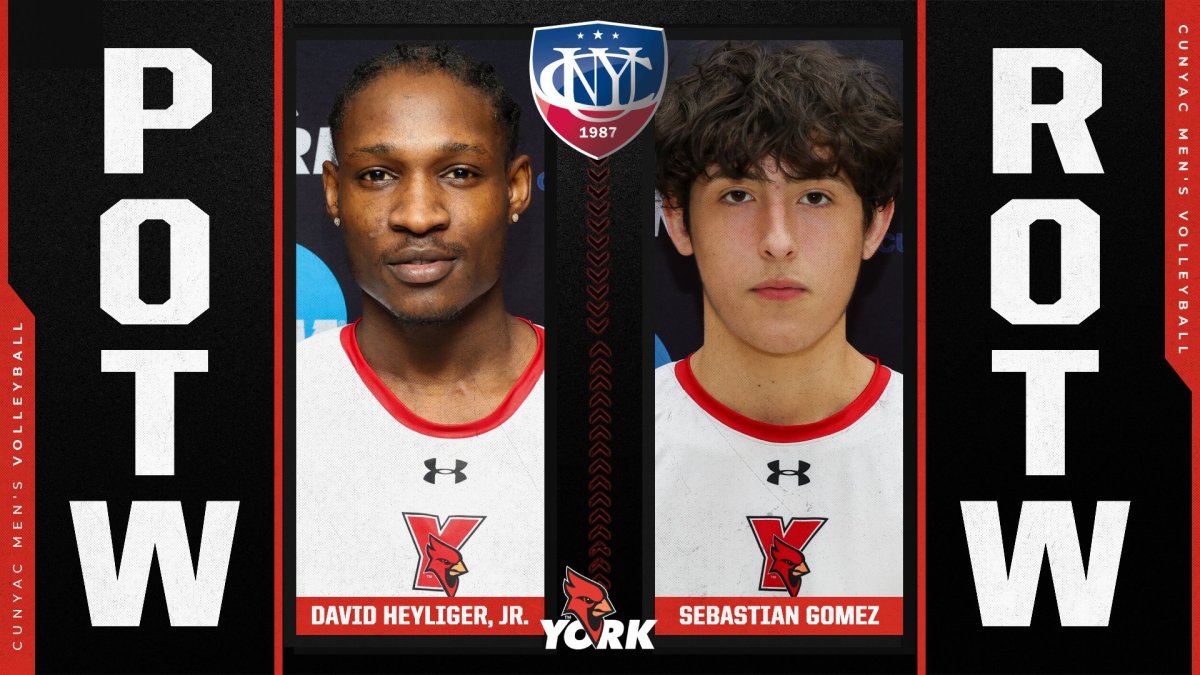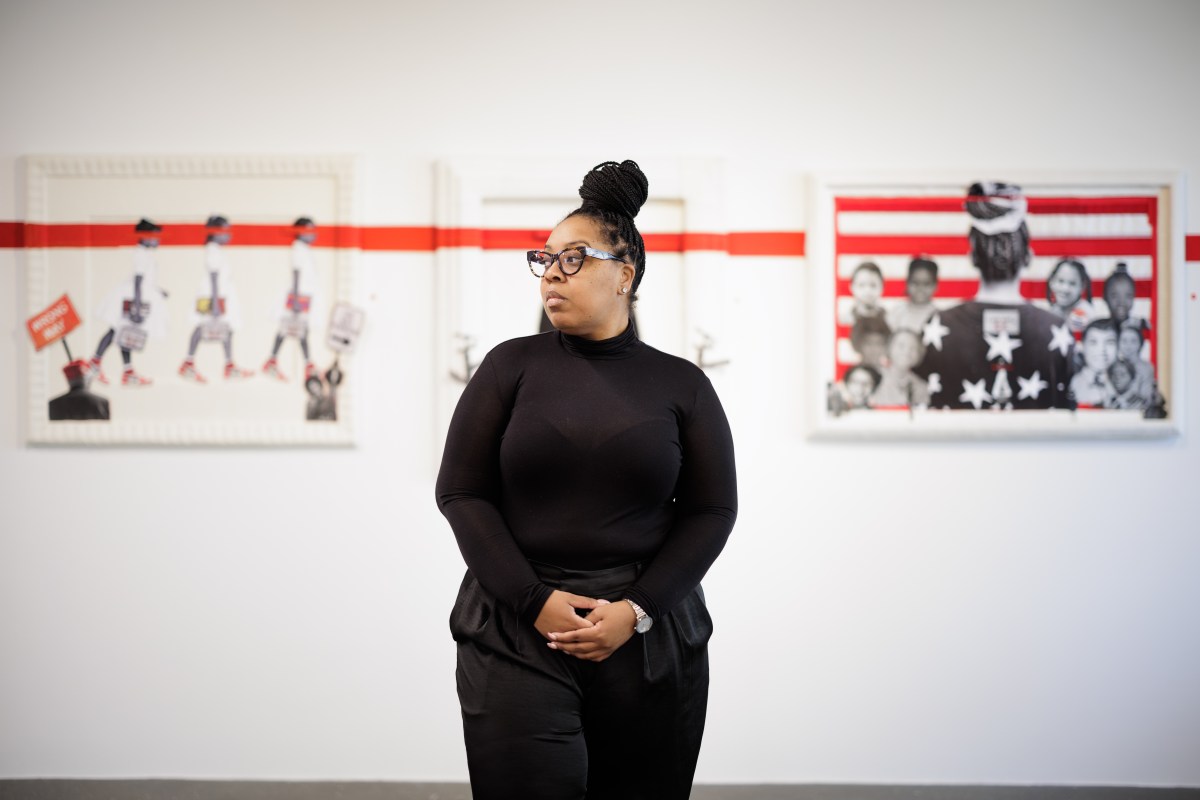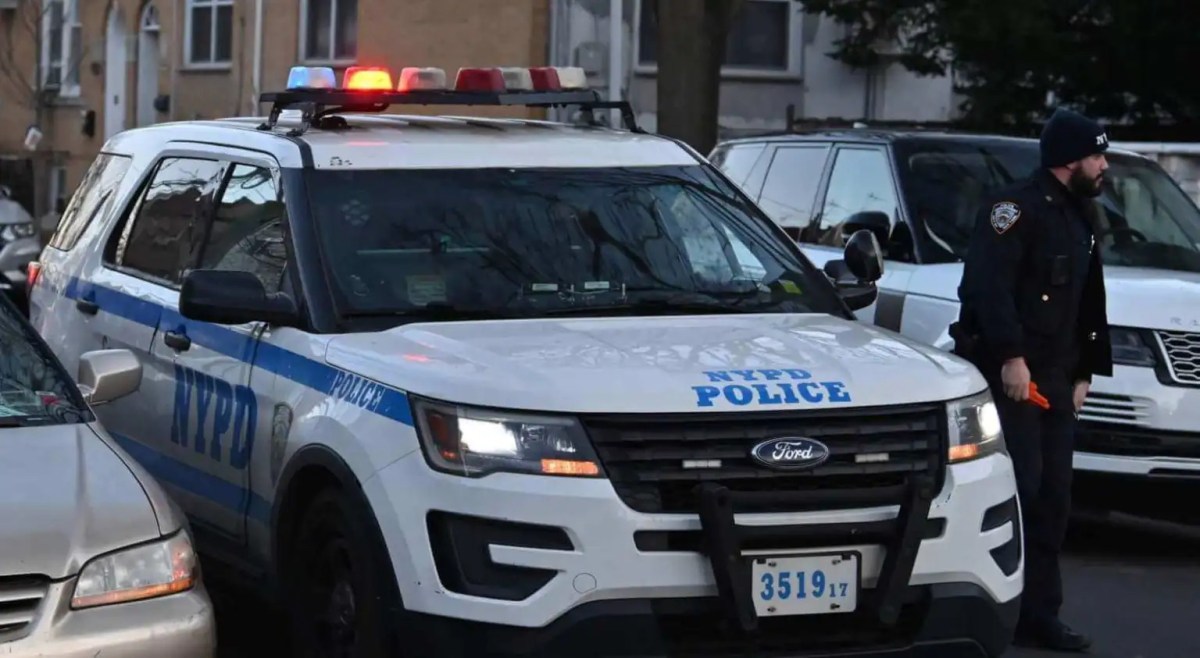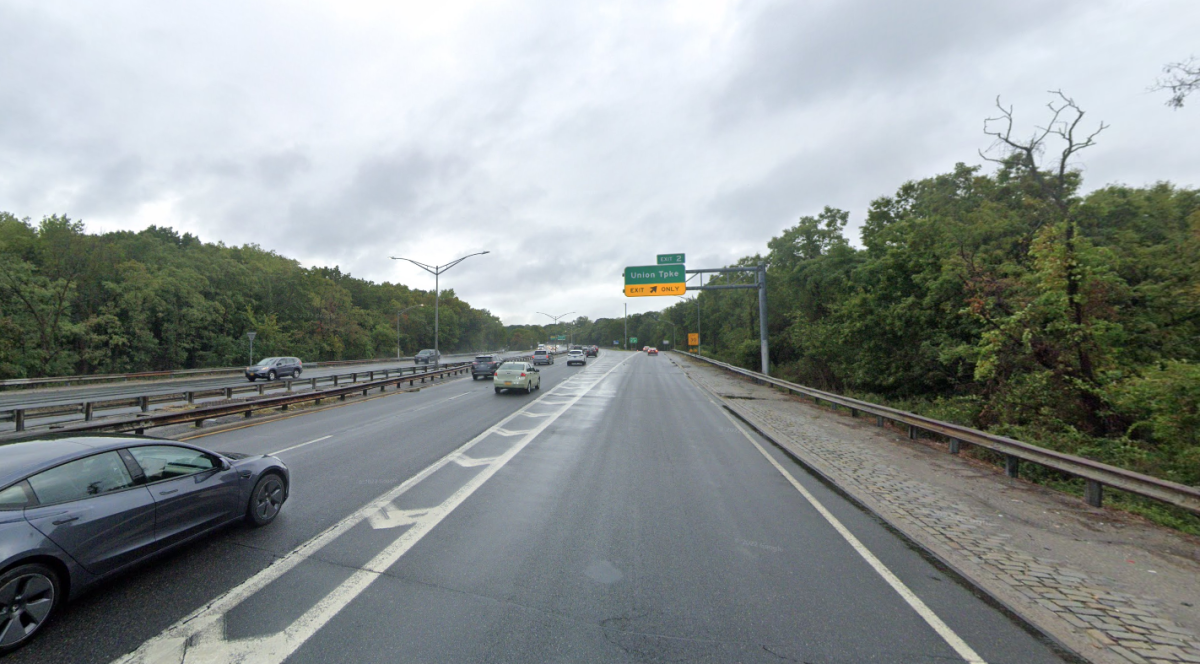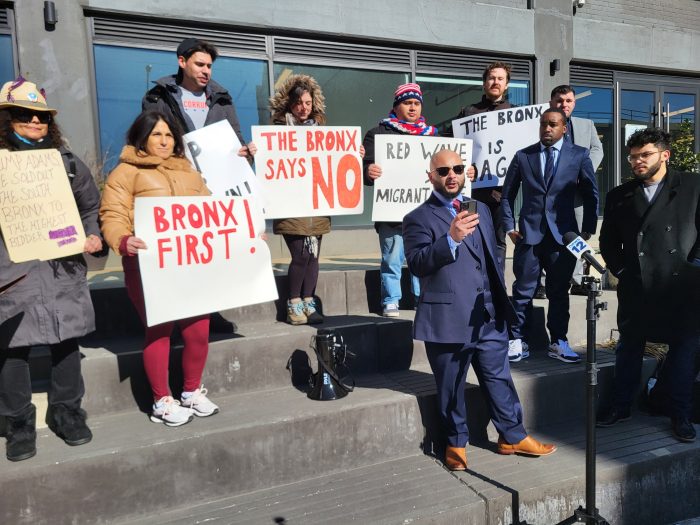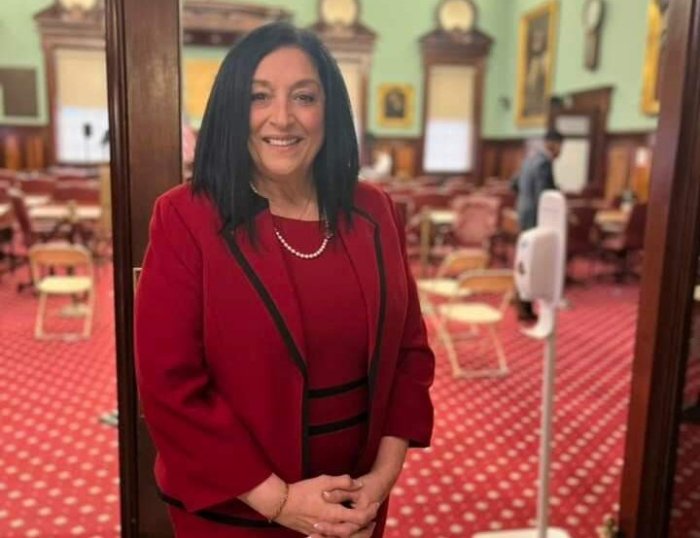A new report from Attorney General Letitia James highlights stark racial disparities in homeownership across the Empire State — with white households owning their place of residence at nearly twice the rate of households of color in nearly every region.
“Owning a home is an essential part of achieving the American dream and building wealth to pass on to future generations,” James said in a statement. “Unfortunately, unequal access to affordable credit is still pervasive across our state, reinforcing the legacy of segregation, leading to a disparity in homeownership, and fueling the racial wealth gap.”
The situation, driven by a lack of access to home financing for non-white New Yorkers, is a major contributor to the racial wealth gap, and is deeply ingrained at every step of the homeownership process, according to the analysis of recent mortgage and census data.
“This report makes it clear that our state must do more to provide better resources for homebuyers and strengthen housing laws to help empower more New Yorkers,” James said.
Over 65% of housing units occupied by white residents are owned by the occupant, whereas just over 30% of units occupied by people of color are owned by the resident, the study shows.
Within non-white groups, Latino New Yorkers are the least likely to own their home — doing so at a rate of less than 30%. Black New Yorkers own their home in just over 30% of cases, while Asian do notably better with just under 50% owning their place of residence, the study shows.
Getting to the root causes of the disparity, the report shows that applicants of color are denied mortgages at higher rates than white applicants, “regardless of credit score, income, size of the loan, and other factors,” according to the AG’s study.
Even if non-white applicants are approved for loans, they are typically charged higher interest rates, and less likely to get approval for refinancing.
“These added burdens total over $200 million more in interest and other costs over the course of Black and Latino borrowers’ loans,” the report says.
“The Attorney General’s report isn’t just numbers — it’s a testament to the enduring economic chains binding Black and Latino New Yorkers,” said Dan Lloyd, the founder of Minority Millennials. “A $200 million disparity isn’t a mere gap: it’s a generational theft. We must rewrite this narrative.”
Fixing the racial wealth gap in homeownership
Addressing the issues would not be simple, James says, but the report does lay out several state-level policies that could help close the gap of homeownership rates.
One policy floated by the AG’s office would be to subsidize down payments and interest rates for all New Yorkers who are the first generation of their families to purchase a home — making it easier for families that have never bought a home.
James also calls for an increased state investment in nonprofit financial institutions that cater to communities of color, as they are often overlooked and underserved by banks and other traditional financial institutions in the homeownership process.
The AG’s report also advocates for passage of the “New York Public Banking Act” (S.1754/A.3352) legislation, which is currently sitting in committee in the state legislature. That bill would promote efforts by cities and localities to establish public banks — opening up new institutional options for people of color that have been short-ended by traditional banks, which are less likely to grant favorable loan terms or approve mortgages entirely.
In lieu of that, the AG has asked for more funding to be dedicated to fair lending investigations, which could force banks to stop their practices of racial bias in their homeownership lending departments — which still happens, despite the state’s Fair Housing Act and Human Rights Laws making such practices ostensibly illegal.
“Even though the Fair Housing Act and the New York State Human Rights Law prohibit discrimination in home sales and mortgage lending, it still occurs at an alarming rate,” said M. DeAnna Eason, and Executive Director of Housing Opportunities at Made Equal, Inc. “The issues of systemic racism that plagued our communities decades ago remain today and pose significant barriers to families of color.





